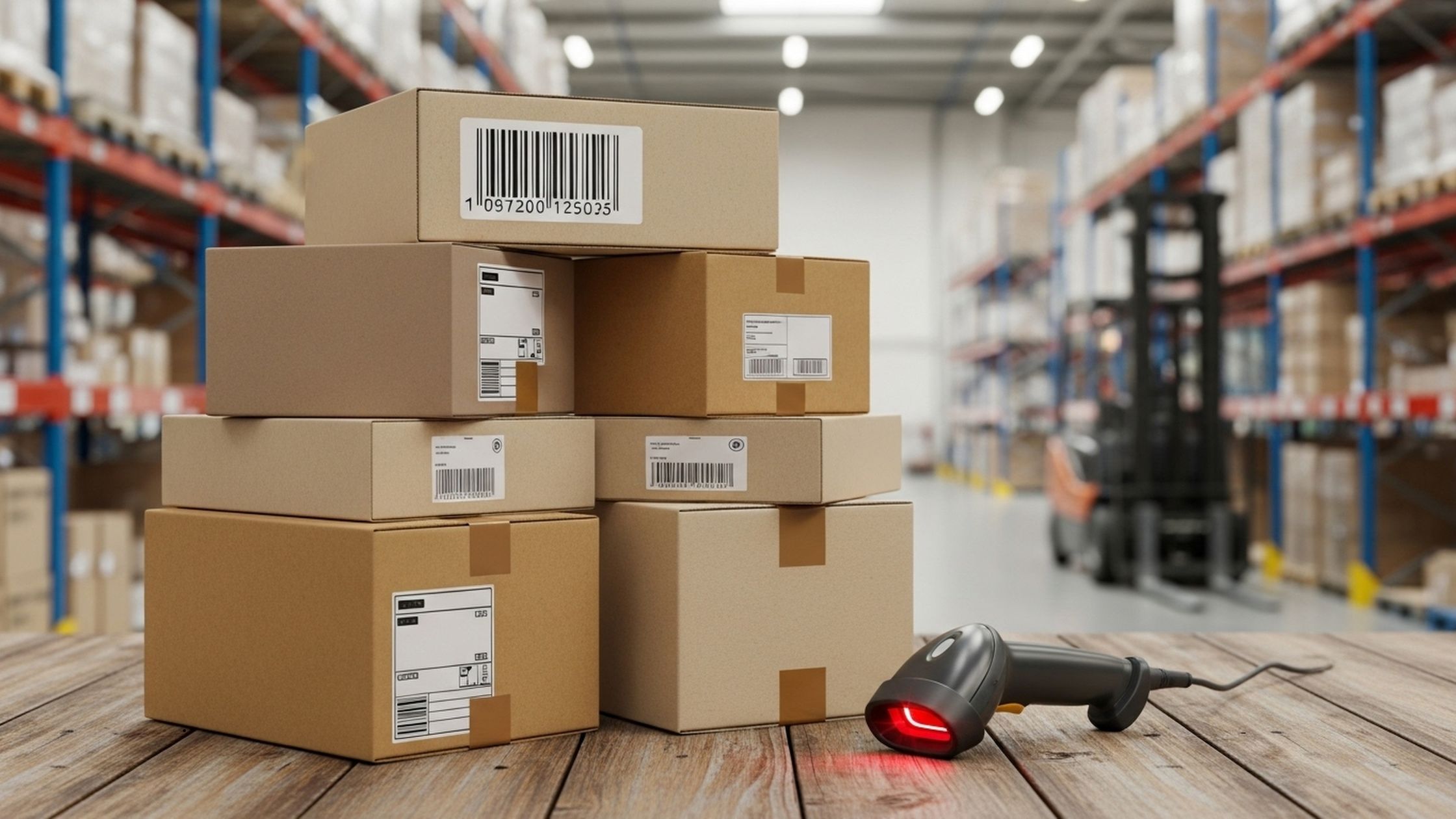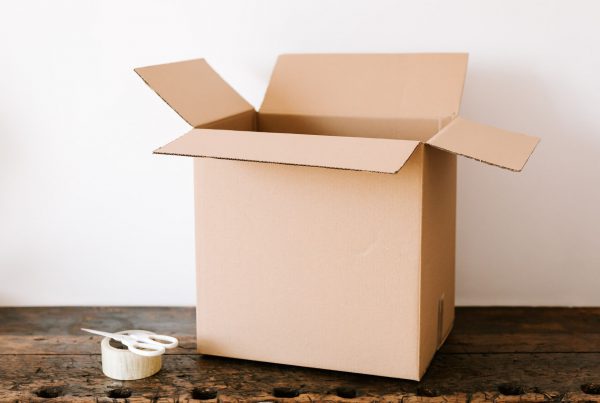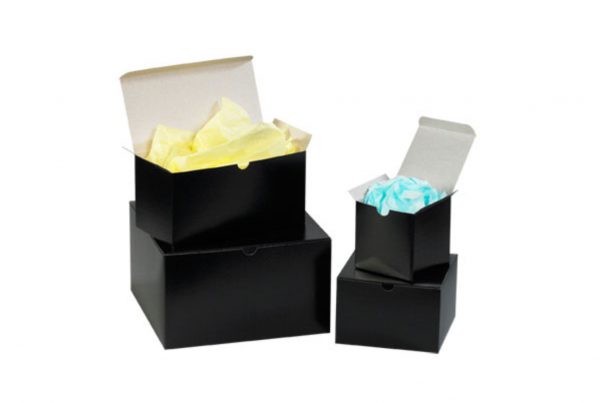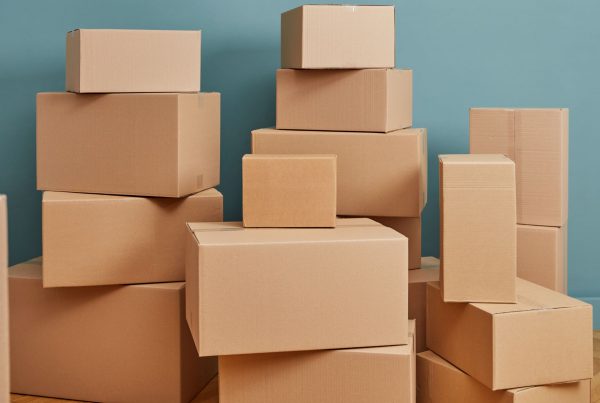What if the simplest packing choice could cut damage, save time, and calm your supply chain? That question matters when you ship items every day. We help you pick materials so your customers get what they ordered—intact and on time.
The Boxery pairs honest guidance with real specs. All sizes ship flat for easy storage, and dimensions are listed as inside Length, Width, Height, so you know the fit before you pack. If you’re just getting started or scaling fast, corrugated boxes give you the no-drama foundation to do it right.
Quick vibe check from the floor: I’ve had those 5 p.m. “We need 300 units out tonight,” moments—scanner beeping, tape guns flying—where the only reason we made the truck was good cartons that folded fast and stacked clean. Not glamorous. But that’s the point—solid boxes let teams move without thinking too hard… and orders land the way you promised.
These shipping solutions follow industry standards and a 200# (32 ECT) test for dependable performance. Quality is built into the specs, not just a slogan—so you can plan with confidence. From e-commerce fulfillment to retail distribution, the right packaging supports general shipping with strength and stackability. We match your application to the proper construction, so handling, cost, and delivery are predictable.
Key Takeaways
- Choose packaging that meets clear standards for reliable performance.
- Sizes are listed inside to ensure a proper fit and fewer surprises.
- Flat shipping saves space and simplifies inventory handling.
- The Boxery offers expert, practical help so you can decide quickly.
- These solutions balance protection, cost, and shipping efficiency.
Trusted by Businesses: Why Choose The Boxery for Corrugated Boxes
You want packaging that works — quickly and without guesswork. The Boxery pairs one-on-one help with proven product specs so you choose the right size, strength, and packing method every time. All of our items meet the standard 200# (32 ECT) RSC test and Federal Mil Spec PPP-B-636. Most sizes ship flat for easy storage. You can view 1,700 sizes and multiple styles, including white corrugated and side loaders. Minimum orders vary; Customer Service will advise when you place an order.
What you get
- A dedicated guide who helps size, select strength, and streamline packing choices.
- Clear options so you can view styles, compare costs, and place an order confidently.
- Competitive pricing and fast shipping — no need to trade quality for speed when deadlines hit.
- If you prefer a conversation, call us, and we’ll walk you through sizes, materials, and the packing method that fits.
Proven Specs and Standards that Protect Your Products
Reliable protection starts with measurable tests and repeatable production. We explain the numbers so you know how a choice performs in your warehouse and on the road. Materials matter too—quality liners and flutes in corrugated cardboard translate directly into real-world results.
Standard 200# (32 ECT) test for strength you can rely on
The 200# test and 32 ECT are complementary. One shows resistance to puncture and sudden impact; the other shows resistance to compression when stacked.
RSC construction that meets Federal Mil Spec PPP-B-636
Our RSC format uses material efficiently and gives dependable flap closure at the major seams. Meeting PPP-B-636 confirms consistent manufacturing quality and industry-recognized standards.
Single-wall corrugated material engineered for everyday shipping
Single-wall corrugated balances weight and protection for most product lines. Flute profile and linerboard quality influence performance, so we match material to weight, dimensions, and distribution method.
| Attribute | What it measures | Why it matters |
| 200# test | Bursting strength | Helps resist puncture and sudden impact |
| 32 ECT (edge crush) | Edge compression | Predicts stacking performance and pallet safety |
| RSC construction | Design efficiency | Simple closure, consistent seal, easy to store flat |
| Single-wall material | Lightweight support | Cost-effective for everyday shipping |
All sizes are listed inside Length, Width, Height, and ship flat for easy handling. We map your needs to the right test and material so you get fewer damages and smoother shipping.
Corrugated Boxes Product Range to Fit Every Packaging Need
Our inventory spans practical formats so you can pick the exact fit for every SKU and shipping scenario. This is where Corrugated packaging really shines—right-size the carton, and you’ll need less fill, fewer headaches.
Popular styles to match product geometry
Choose cube, flat, long, tall/telescopic, or multi-depth formats to reduce void fill and speed packing. RSC formats across the range give quick setup and strong closures for repeatable pack-out methods.
Specialty options for presentation and handling
White corrugated and side loader choices support premium presentation and easier loading for wide, flat items like prints and panels. Easy-seal side loaders save time at the pack station.
Best-selling sizes and bundles for general shipping
Our best-selling sizes cover core fulfillment needs, so your team stocks dependable go-tos for general shipping. Bundled cases simplify budgeting and replenishment while keeping stations consistent. Looking for value? Check our Corrugated cardboard boxes selection.
- Targeted height ranges help minimize denting and improve shelf stacking.
- Filter by inside size (Length, Width, Height) to match SKUs and reduce returns.
- Options accommodate fragile and dense items so you right-size protection without over-packaging.
How to Measure Inside Dimensions for the Size You Need
Getting measurements right at the start saves time, material, and prevents returns. The Boxery makes sizing simple—measure accurately, reduce waste, and ship smarter. Sizes shown are the inside dimensions in order: Length, Width, Height. All sizes ship flat, and measuring the usable internal space ensures your items fit without stress.
Length, width, height: measure the inside dimensions correctly
Start by laying the item as it will sit in the package. Measure the inside length—the longest internal side. Then measure the inside width—the shorter side across the opening. Finally, measure the inside height from the opening to the base. Use a consistent method that mirrors your pack-out. For multipacks, include any inner packaging, foam, or wrap when you measure. For DIM weight, those small tweaks (like a slightly taller size) can protect corners and lower freight surprises.
| Step | What to measure | Benefit |
| Measure usable space | Inside dimensions (L × W × H) | Correct fit without crushing or rattling |
| Include inner packaging | Combined dimensions of items and padding | Accurate size needs and strength validation |
| Standardize sizes | Align SKUs to common dimensions | Faster pack stations and reduced training time |
Tip: Aim for balanced tolerance—enough room for protection, not wasted volume. If you’re unsure, we’ll guide you through a quick measurement checklist and recommend a precise fit.
Understanding Strength: Edge Crush Test, 200# Test, and When to Use Each
Not all strength tests mean the same thing—each reveals how a package will behave under different forces. 32 ECT (edge crush) measures stacking resistance. It predicts how well a carton holds up when layers are stacked on a pallet. The 200# test gauges bursting resistance—how much force it takes to puncture or split the board. This matters for dense or point-loaded items and when impacts are likely during transit. If your operation runs long pallet stacks and busy hubs, your corrugated shipping boxes spec should reflect that route.
Weight, material, and stacking: practical rules
Match product weight and handling to the proper spec to reduce compression and transit shocks. Material quality — linerboard and flute profile — affects both ECT and burst outcomes. Consider pallet patterns, overhang, and humidity; heavier or irregular items often need a higher burst rating.
| Test | What it predicts | Use when |
| 32 ECT | Edge compression/stacking | Palletized storage, multi-tier stacks |
| 200# test | Burst/puncture resistance | Dense, point-loaded, or impact-prone items |
| Material quality | Linerboard & flute effect | All shipping routes—choose based on weight and handling |
The Boxery translates specs into real decisions, so you pick the right board strength the first time. We recommend sample packs and small trials to confirm choices before a full rollout.
Shipping and Storage Advantages of Corrugated Shipping Boxes
When your stock ships flat, you lower storage needs and speed the entire pack-out. All sizes ship flat for easy storage and lower freight costs. Flat-packed product frees pallet space and shrinks inbound freight charges. That means you can store more active inventory and less empty packaging. Sturdy performance from packing to delivery across the United States—our RSC construction meets the 200# (32 ECT) test and PPP-B-636, so weight and handling on long routes are predictable.
Practical benefits at a glance
| Advantage | Why it matters | Result |
| Flat shipping | Smaller pallet footprint on arrival | Lower inbound freight and more storage space |
| Tested construction | Meets 200# (32 ECT) and mil spec | Predictable performance in domestic transit |
| Standardized bundles | Consistent case counts and sizes | Easier forecasting and fewer stockouts |
The Boxery focuses on practicality—faster pack-out, simpler storage, and dependable transit performance. You get tested quality that reduces damage and rework.
Ordering Made Simple: Minimum Order, Options, and Pricing
Ordering should fit your workflow—fast checkout, clear pricing, and predictable delivery windows. Minimum order requirements vary by product, but they’re straightforward. Bundles let small teams lower unit cost without wasting floor space. If a size has a minimum, Customer Service will confirm when you place an order.
View options online to compare sizes and pricing side-by-side. All items display inside Length, Width, Height, and ship flat so you can verify the fit before you order. Need a quick deal lane? Our corrugated cardboard shipping boxes are a reliable place to start when cost and speed both matter.
Quick facts to make ordering easier
| Feature | Why it helps | How to use it |
| Minimum order | Keeps per-unit cost predictable | Check during checkout; call for exceptions |
| Bundles | Lower unit cost and simpler replenishment | Choose bundled cases for steady SKUs |
| Online comparisons | Reduce ordering mistakes | View sizes and pricing side-by-side |
| Customer support | Fast help with items and shipping method | Call for substitutions or measurement advice |
Custom Sizes and Branding to Match Your Products
Custom corrugated box dimensions for nonstandard items
When standard cartons can’t protect your shape or size, tailored dimensions stop damage before it happens. We build to your inside dimensions (Length, Width, Height). Tell us the usable space, and we will design a fit that reduces void fill and stress on seams. When your products don’t fit standard cartons, custom sizes align dimensions to your exact tolerance for safer transit. We advise on flute, board grade, and a practical test to match weight and handling.
Add logos and brand elements to corrugated shipping boxes
Add your logo, messaging, and finish options so brand shipping looks as good as it performs on arrival. Request dielines to check artwork and confirm clearances for inserts or tissue. We recommend small-batch pilots, so you can validate real-world handling before a large order. Consolidate SKUs with multi-purpose cartons without losing protective quality. We coordinate art approval, production, and delivery to meet launch timelines. Small-batch pilots and dielines help you confirm fit, print, and function. Order with confidence: Whether you’re shipping delicate items or heavy components, we tailor material and spec to your use case and guide you every step of the way.
Conclusion
A reliable pack-out balances tested strength, right-size fit, and easy ordering. Measure to match: Length, Width, Height are the inside dimensions that matter. Pick sizes that reduce void fill and lower transit risk. Choose shipping boxes that meet the 200# test and 32 ECT and use RSC construction for predictable assembly. All items ship flat for storage ease, and our assortment includes popular styles you can view online. We help businesses compare edge crush test results, material trade-offs, and pricing so you make confident orders. Ready to move forward? Contact us for guidance, request samples, and ship with packaging that performs.
FAQ
Why are corrugated boxes the most trusted packaging choice?
Their fluted paperboard core provides a strong, lightweight barrier that protects goods in transit. You get shock absorption, stacking strength, and recyclable material—advantages that lower damage rates and shipping costs for retailers and manufacturers.
Why should I choose The Boxery for my packaging needs?
The Boxery blends expert guidance with fast shipping and competitive pricing. We help you pick the right size, material strength, and packing method so your items arrive safely and on time.
How does expert guidance help me pick the right size and strength?
An expert will assess your product dimensions, weight, and shipping route, then recommend inner measurements, wall strength, and closures. That minimizes void space and prevents over- or under-engineering your packaging.
What quality standards and tests protect my products?
We follow proven specs such as the 200# (32 ECT) strength standard and RSC construction that meets Federal Mil Spec PPP-B-636. Those benchmarks help ensure boxes resist crushing and handle stacking during transit.
What is the 200# test, and how does it compare to the 32 ECT edge crush test?
The 200# test measures burst strength across the board, while the 32 ECT (edge crush test) gauges stacking and edge compression performance. Use 32 ECT for routine retail shipping and consider higher burst ratings for heavier or high-impact items.
What is RSC construction, and why does it matter?The
Regular Slotted Container (RSC) design offers consistent strength with flaps that meet in the center. It’s economical, easy to assemble, and meets many federal and industry specifications for safe transport.
What material should I choose for everyday shipping?
Single-wall paperboard is standard for general shipping—lightweight yet sturdy for most consumer goods. For heavier loads or long-term storage, opt for double-wall or reinforced materials.
What styles and sizes are available for different products?
Popular styles include cube, flat, long, tall/telescopic, and multi-depth boxes. We also carry white-finish and side-loader options for specialty applications and retail presentation.
How do I measure inside dimensions correctly?
Measure the inside length, width, and height—always measure internal space to account for material thickness. That ensures the product fits snugly and lets you choose the right filler and closure.
How can I optimize sizes for branding and storage efficiency?
Choose sizes that minimize wasted space and allow consistent stacking. For brand shipping, select dimensions that let you display logos and labels clearly while protecting product integrity.
Do all sizes ship flat, and how does that help storage?
Yes—most ship flat to save shelf space and cut freight costs. Flat-packed inventory makes handling easier and reduces your warehouse footprint until boxes are needed.
What are the minimum order requirements, and do you offer bundles?
Minimums vary by style and customization. We offer bulk bundles and popular size packs to lower per-unit pricing and suit businesses of all sizes.
How can I view options, compare sizes, and place an order?
Use our online catalog to filter by inside dimensions, strength rating, and style. Compare specs and pricing, then place an order directly—or call for personalized assistance.
Can I order custom sizes or add branding to my boxes?
Yes—custom dimensions and printed logos are available for nonstandard items and brand presentation. We’ll guide you through dielines, minimum order quantities, and print options to match your needs.
When should I choose a higher edge crush or burst rating?
Pick higher ratings for heavier items, long pallet stacking, or shipments that face rough handling. Industry, weight, and stacking height determine whether you need a 32 ECT or a stronger specification.
Do you provide help with packing methods and protective inserts?
We do. Our team recommends cushioning, dividers, and packing methods tailored to your product—reducing damage and ensuring compliance with carrier requirements.





Recent Comments